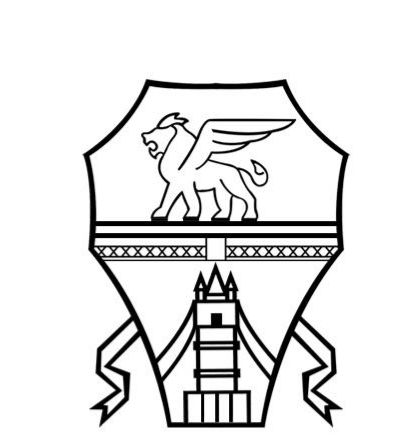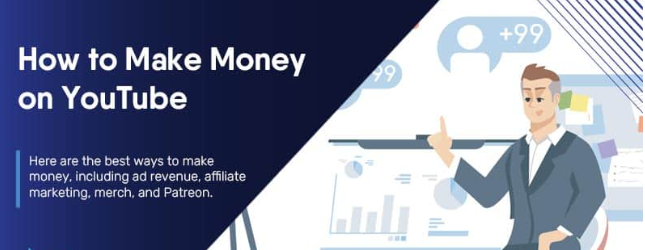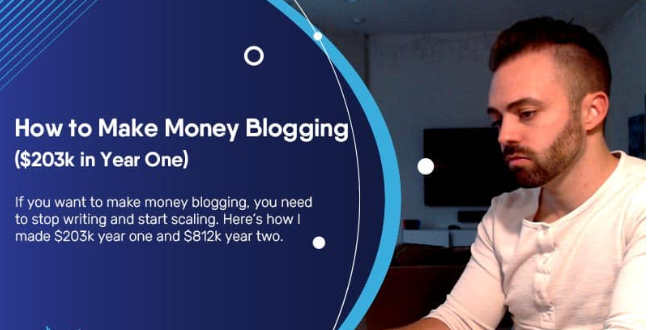What is Local SEO
Local SEO is the set of activities that revolve around the search engine optimization of your local business . If, in fact, SEO concerns the on-site and off-site optimization of a website on search engines, Local SEO is its namesake which however operates locally.
The purpose of local SEO is to provide relevant search results following a specific local search and geographical location.
If you have a small and medium-sized local business, it is essential to adopt a specific strategic approach to online marketing using the right tools to compete and increase the visibility of your brand, optimizing positioning in the SERP. In this way, your site will be seen by those who are actually looking for your products and services in the areas adjacent to your business and the probability of converting the user will be higher.
But what are the steps for a correct implementation of Local SEO to create an effective Local Marketing strategy
How to do Local SEO?
Here are the main points you need to keep in mind to optimize your site and your content and implement a Local SEO strategy to expand your business locally.
1. Optimize mobile usability
In 2020 your site must be responsive, i.e. adapt to the size of each device used (desktop, tablet, smartphone), with particular attention to mobile usability, the preferred navigation tool for users. When you think about the layout and format to give to your site, remember that it must be user-friendly, with a neat and readable font even on small screens.
Because? Many of the searches carried out from mobile have a high probability of purchase and therefore of conversion: usually, the user is out and about and is looking for the product / service right at that moment . Being found online will make a difference.
In your Local SEO strategy, pay attention to keyword research: if long-tail keywords are strategic from desktop, the user searches for speed and immediacy from mobile, so opt for short and essential keywords, which go straight to the point.
2. Improve Keyword Research for voice searches
The introduction of BERT (Bidirectional Encoder Representations from Transformers), the new Google algorithm, aims to improve the understanding of the user’s natural language (NPL), especially useful for facilitating the understanding of conversational queries , especially when the user uses voice search as a search tool.
The data is clear: according to ComScore in 2020 half of online searches will be done by voice. Keep up with this trend and improve your keyword research by optimizing content for search queries made with voice . Users are increasingly looking for immediacy and, when searching for companies to make the purchase, choosing the right keywords will bring benefits to your business.
Local SEO optimization will give greater visibility to your local business following a geo-localized query: terms such as “restaurant in Milan” or “nearby bank” will become increasingly important.
3. Optimize the Meta Tag Title and Meta Description
The meta title tag and the meta description are two of the fundamental elements from an SEO perspective for the ranking of your site in the SERP (the search results page) and for the CTR (click-through-rate, the link opening rate ).
What are the tips for optimizing them in a Local SEO strategy?
- Include your brand name in both the meta title tag and the meta description to make yourself identifiable.
- Include the city or area of reference so as to provide clear geographical indications.
- Include your most relevant keywords for a better ranking in the SERP.
4. Make the most of Google My Business
To get the most out of your local business, it is vital to optimize your Google My Business profile, to channel the users interested in your products / services to your site and convert them.
What are the tips for optimizing your Google My Business account?
- Choose the right categories based on those suggested by Google
- Write a comprehensive description of the company, including keywords and strategic links .
- Choose carefully the profile picture and the various photos to upload: high definition and that are in line with the published text.
- Add your business phone number to be immediately reachable by users who want to contact you.
- Enter the address of your business to communicate your location to users: very useful for a local business.
- Add the opening and closing times to provide an adequate customer care service.
5. Analyze the results
Perhaps it is trivial to say it but it represents an essential phase of your marketing activity: analyzing the results allows you to understand if you are going in the right direction or if you need to change some aspect of your strategy .
The choice of keywords, the meta description, the various contents on your site: the analysis activity allows you to decide your next move, modifying the various components and optimizing your resources.
Black Hat SEO Tactics: Why a Local Business Must Avoid Them
SEO is a complex discipline in which it is necessary to invest time and resources. For a local business it can be a challenging investment, especially since the results manifest themselves over the long term. For this reason, some resort to shortcuts and tactics known as Black Hat SEO . Even if in the short term they could give results, in the long term they will be counterproductive and will be penalized by the Google algorithm.
Black Hat SEO includes all those bad tactics implemented to improve your site’s ranking on search engines . Precisely because SEO optimization takes time and resources, shortcuts are sought to speed up results by fooling search engines. Like? Instead of working from a user perspective, the focus is on the way the algorithm itself operates.
The goal of search engines is to provide the user with useful results in line with their search queries: the continuous updates of the algorithm are proof of this, for example Google BERT increasingly focused on the user’s language.
If in the short term Black Hat tactics can offer you advantages in terms of positioning, with the update of the algorithm the situation is reversed and, if you have used any Black Hat tactics on your site, you will be penalized in the SERP , with greater damage compared to the initial benefit.
Why? Google has always suggested to webmasters or website owners how to move to improve the ranking in the SERP. There are no shortcuts, you need to create a great user experience :
- Create valuable content that is relevant to the audience.
- Optimize the usability of the site from mobile.
- Check the loading speed of the site.
The 8 tactics to avoid
Here are the 8 Black Hat tactics we advise against using.
1. Keyword stuffing
Researching the keywords to use is one of the essential elements for a winning SEO strategy: the words used are directly related to the terms for which a page of your website will be ranked, defining the topic clearly to search engines.
The practice of keyword stuffing consists in excessive repetition in a text of the keyword to be optimized .
Initially, the frequent use of a keyword within the page favored your positioning on the search results because the algorithm associated it with the topic considering your relevant content.
Subsequently, the increasingly sophisticated algorithms began to recognize this practice as incorrect, giving less importance to the frequency with which the keyword was inserted on the page and penalizing the sites guilty of keyword stuffing.
This practice is one of the most used black hat tactics despite the increasingly human direction of the latest algorithm updates: think, for example, of BERT which aims to improve the user’s natural language understanding. Try not to overload your page with the same keyword: you risk creating content that doesn’t make logical sense to your visitors .
2. Pay for backlinks
Backlinks are a very powerful and, at the same time, very demanding SEO tool: it means being able to get links from other websites that refer to yours, precisely because your site is considered valuable .
The practice of link building becomes unfair when you have to pay the company that sells links at affordable prices to get a backlink . Because? Very often the links come from spam sites created specifically for this practice.
As for keywords, with the algorithm update, today Google is concerned with controlling the authority of the sites on which your backlinks are hosted, giving priority to quality over quantity . Here’s why low-quality links damage your website: Focus your strategy on legitimate link building.
3. Hide parts of the text
It is a practice also called cloaking , now little used, which consists in inserting the various keywords on the page making them visible for search engines but not for the human eye , or hiding them in the code of the page or thus uniforming the color. to be confused with the background.
In both cases, it is counterproductive because your page will rank for keywords that do not concern the actual subject matter, leaving your visitors dissatisfied who will exit the navigation, penalizing you.
4. Pay unprofessional content creators
Creating quality content is a key element in your SEO strategy that takes time and resources.
Rely on non-professional content creators who promise you content at a low price. The work will be done poorly, not very smooth and with excessive use of keywords: you will waste time editing and reorganizing all your content.
Writing is an activity that requires time, resources and attention – it’s what connects you to your visitors.
5. Duplicate the contents
Creating new and updated content is a challenging task. Precisely for this reason, some small companies duplicate their content, slightly modifying the text focusing on a new keyword to readjust it to a different page. This black hat tactic is penalized by Google, which always prefers original content with new information.
6. Linking pages
Link pages are those pages that do not contain actual content but simply a list of links more or less related to the original search. The goal of gateway pages is to gain positions with popular keywords, to channel traffic to other sites and pages .
These pages do not provide the user with an optimal browsing experience , which is why they are also penalized by search engines.
7. Bait and switch
Is your content interesting and ranking well in search engines? Perfect.
Do not make the mistake of changing the content of your page by replacing it with your products / services to try to generate more conversions from users who visit the site . This black hat practice is commonly known as Bait and Switch and you will lose your ranking as soon as the algorithm notices it.
8. Spam comments
To date, many blogs have disabled the comments under their articles or have set the rel nofollow : in this way the comments, especially those that contain spam links, will have no relevance for SEO purposes and will not risk penalizing the site.
Therefore, avoid leaving spam comments because in addition to being penalizing from an SEO perspective, it is very often useless given the precautionary measures taken by the various sites .
Conclusion
For a winning Local SEO strategy, optimize your mobile site and exploit the potential of Google My Business to make it easier for users who are nearby to find you.
Analyze the territorial context and your competitors to distinguish yourself and propose products and services that attract users.
Invest your time and resources on the communication plan created with a view to SEO , without resorting to Black Hat practices.




